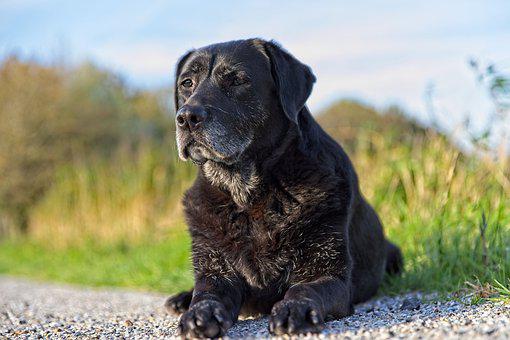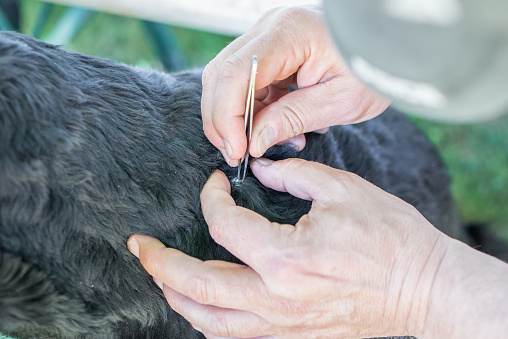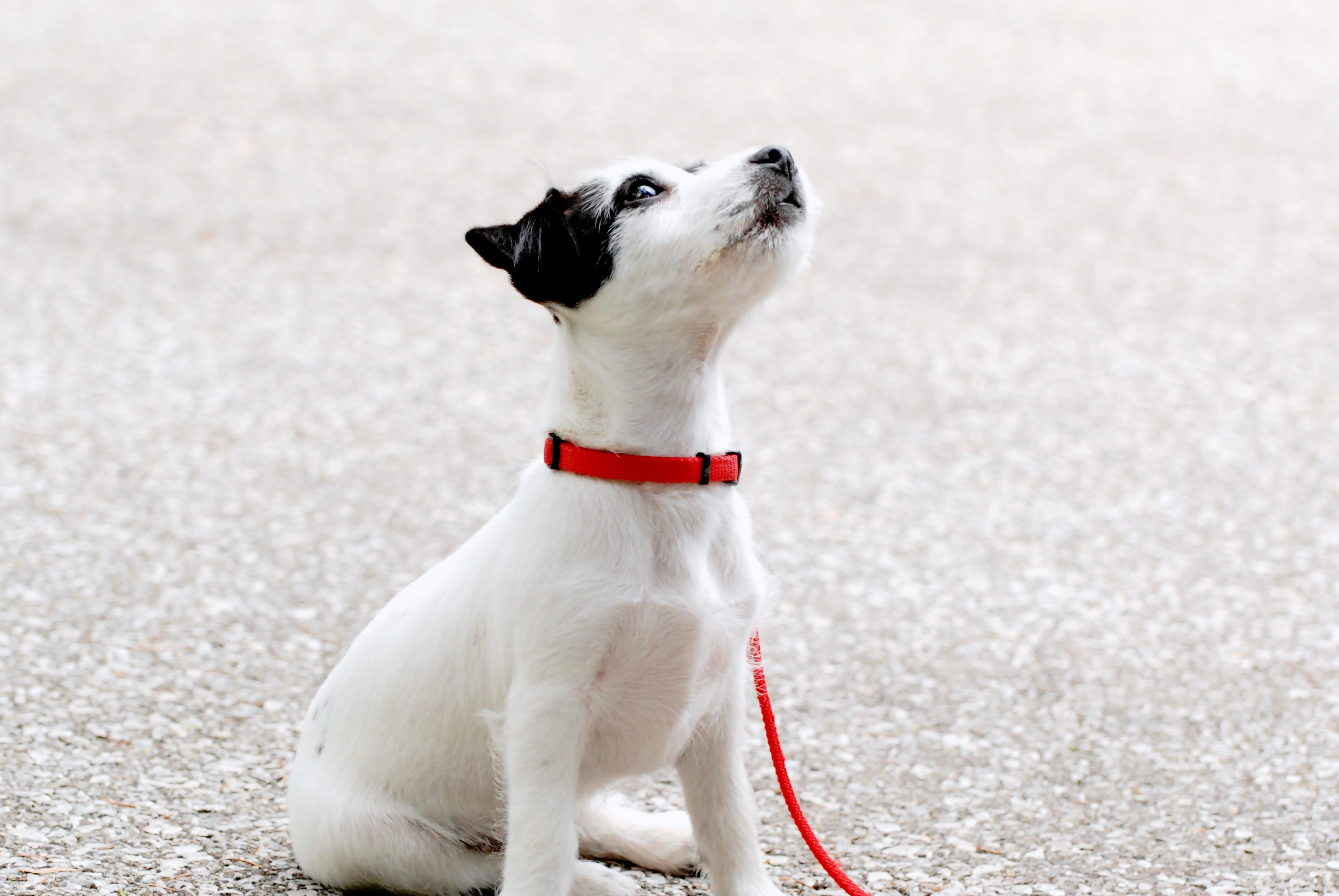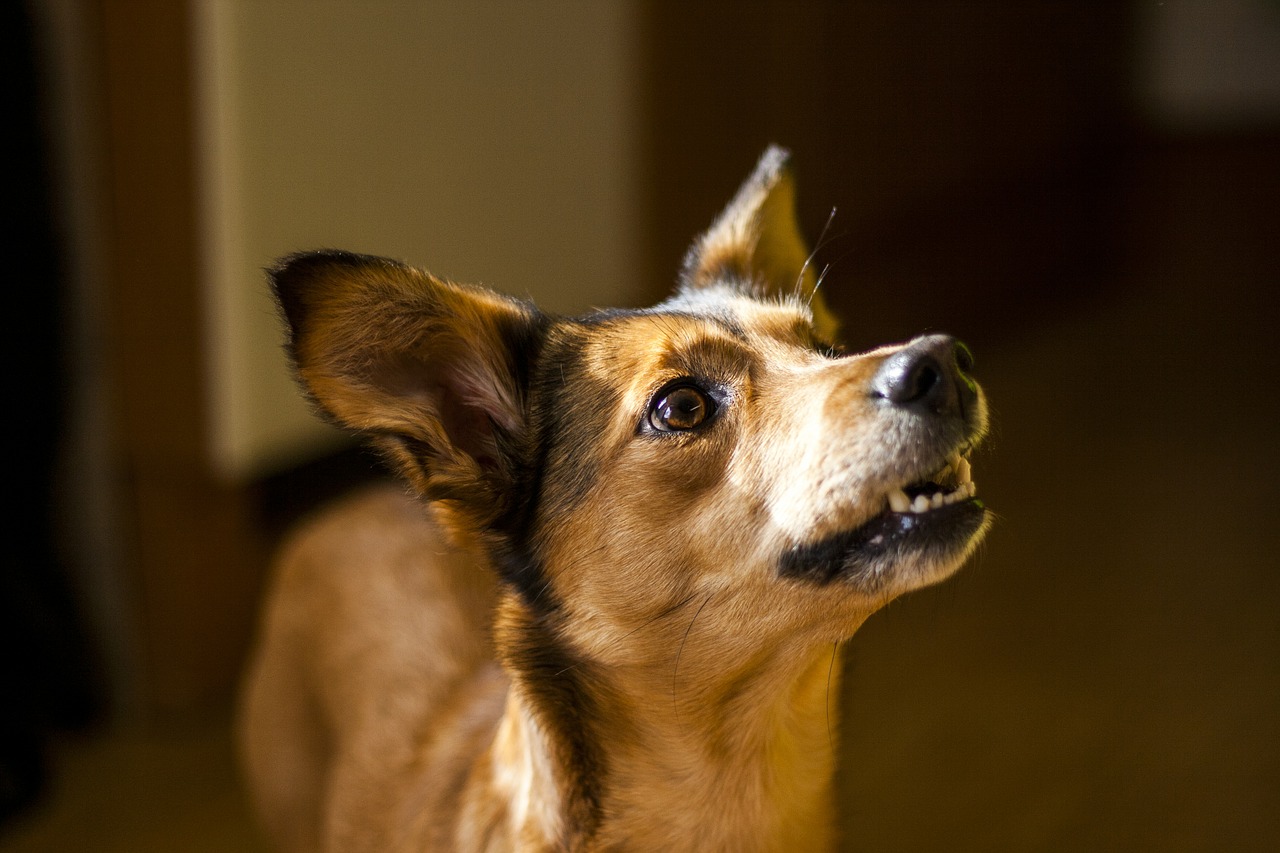
Various dog owners are unsure if training your dog with treats is the correct thing to do. There is no specific correct way to teach your dog new tricks or behaviors but treats certainly help a lot for most people. When training your dog on a new trick, the treatment helps to lure your dog to do the behaviors you want and lets your dog know they are doing the action correctly by rewarding them. Your dog will also have more fun and enjoy learning new things this way.
One of the main reasons people train their dogs with treats is that the dogs will show up eager and learn more. It is a fast and effective method for obedience training.
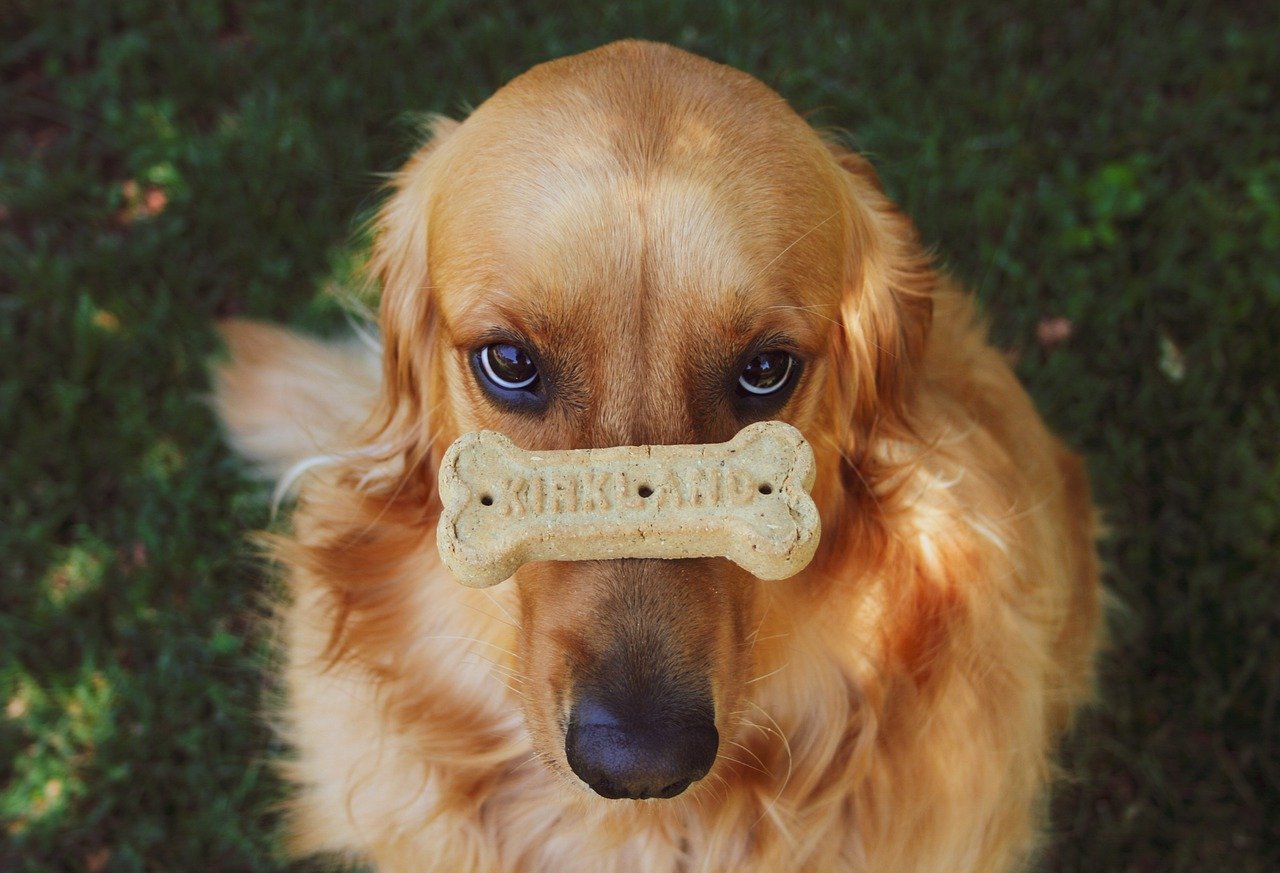
Use Dog Treats to Guide Your Dog
Your dog is going to need help learning how to perform the trick or behavior. An excellent way to help is by guiding them with the treat. For instance, if you were teaching your dog to sit, you hold a tasty treat in front of his nose and slowly move it directly above his head. As your dog looks up at the treat, his backside will sit on the floor. As soon as your dog sits, praise him and give him the treat so he knows he did a good job.
When to Give Your Dog A Treat When Training
It is important that you make your dog sure of which action he is doing is right. Therefore, it is essential that you praise your dog and give him the treat as soon as he executes the skill or follows your command. For example, you should reward him as soon as his bottom hits the ground when he sits, or as soon as he gives you his paw. This applies to progress, too. When teaching your dog to give the paw, give him a treat when your dog even slightly raises his paw. Eventually, he will figure out what the treat is connected to and will keep doing it.
Why You Should Use Small Treats
Giving your dog smaller treats reduces the number of calories your pup is consuming in a day. It also ensures that your dog won't get full too quickly during a training session. If you reward him with too many treats, you could spoil his appetite for his meals and even potentially make your dog unhealthy or overweight. Soft treats are more ideal than crunchy ones as they are easier and faster for your dog to eat.
In general, treats should take up no more than 10% of your dog's daily caloric intake, so keep this in mind when training. Obesity can cause several health problems for your dog, so be careful!
Your Dog Will Eventually Perform Without the Treats
Don’t worry; you won’t have to walk around with a bag of dog treats in your pocket everywhere forever! As your dog progresses and improves doing a certain movement, start only to give him a treat occasionally, and praise him instead. He will adapt to this and continue to do the tricks for you.



